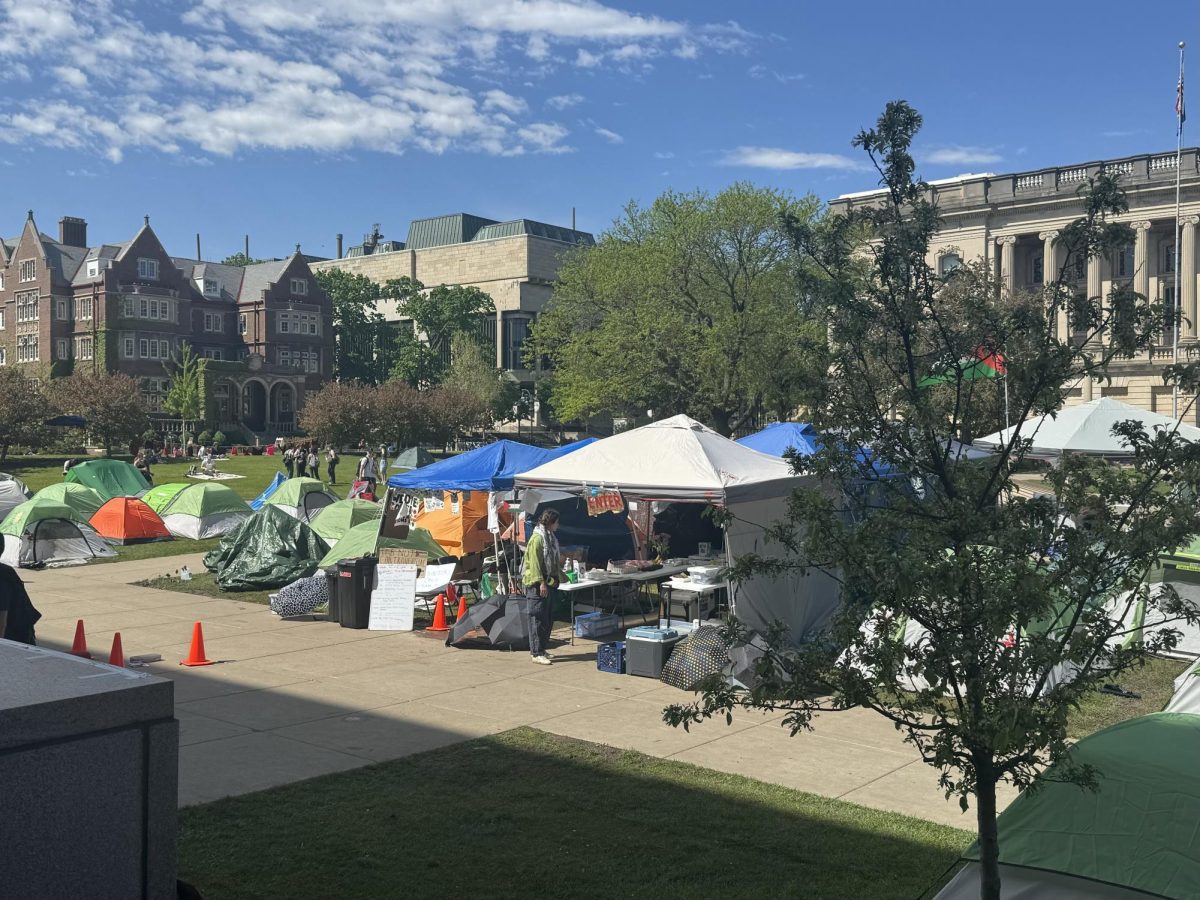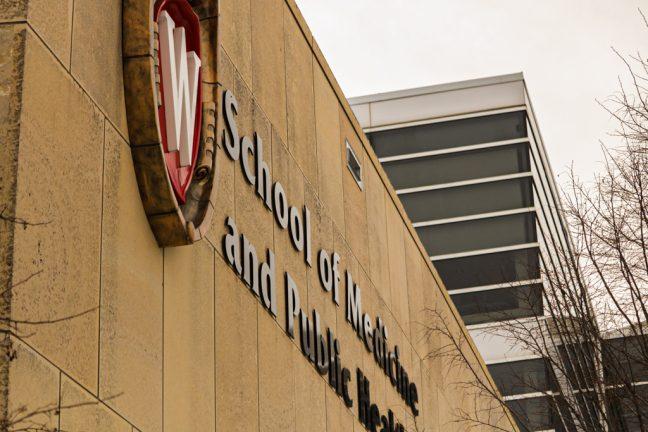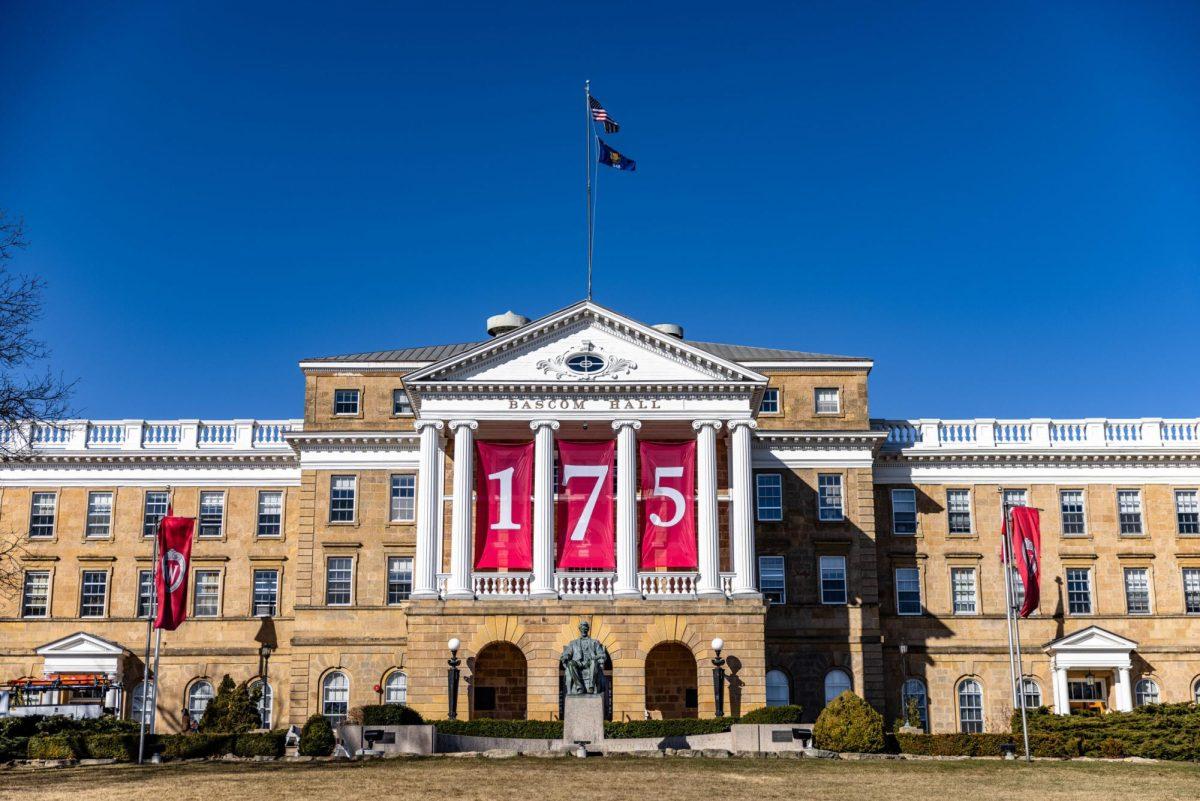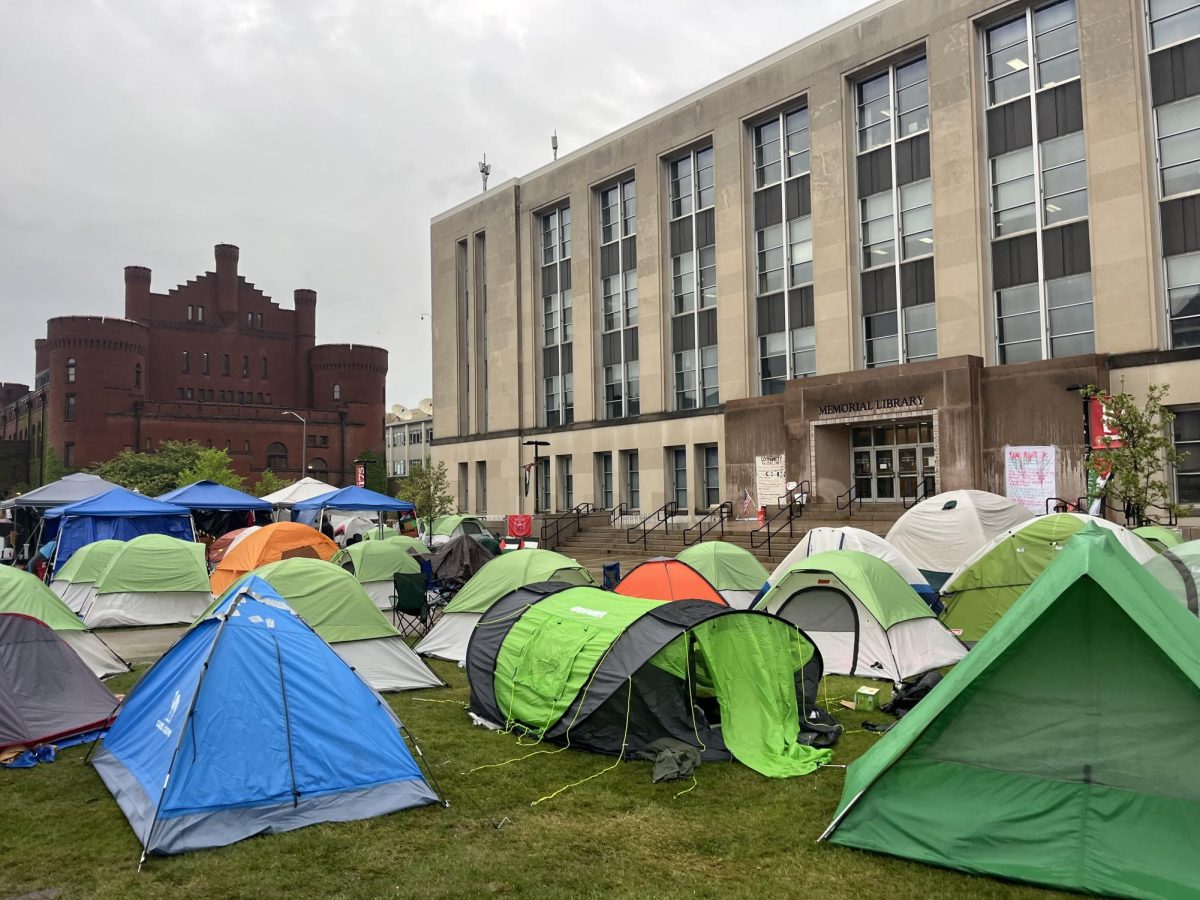Scientists at the University of Wisconsin are planning to take nuclear research to the next level with the help of a $2 million grant from the U.S. Department of Energy.
The grant will be put toward projects in collaboration with universities around the country, according to a UW statement.
One project, helmed by UW engineering professor Todd Allen, senior scientist Mark Anderson and distinguished research professor Kumar Sridharan, will seek to develop new ways of maintaining the temperature within a nuclear reactor using molten salts instead of water.
“We’re trying to examine if you can use salt at a high temperature as a way to control a nuclear reactor,” Allen said. “Right now, everything is cooled by water. We’re trying to develop a new type of nuclear reactor.”
One potential advantage of using salt is that it transfers heat better, Allen said.
The salt coolant project is a collaboration with the University of California-Berkeley and the Massachusetts Institute of Technology.
“In our research group at Madison, we have a long history of studying the material properties and heat transfer properties of high-temperature salt,” Allen said. “The people at MIT and Berkeley had an interest in designing reactors that would use these salts,” he said. “It was a natural collaboration.”
The research gained even more meaning following the Japanese earthquake and ensuing tsunami. The earthquake highlighted several issues with water coolants, Allen said. Since the water-dependent Japanese reactors were breached during the disaster, the disaster crews were forced to pump water into the system to avoid a catastrophic meltdown.
“If you have a leak, your ability to cool the reactor is better [with molten salts],” he said. “In order to use a water reactor, you have to have high pressure,” he said.
However, using salt does not require as high of a pressure, Allen said, and salt removes heat better in a number of ways.
The new design generates higher temperatures and can also be used to produce transportation fuel, according to a UW statement.
Another project UW is working on is the development of new, longer-lasting storage systems for spent nuclear fuel in conjunction with six universities around the country.
“What we want to do is not a huge departure,” said Sridharan, who is leading the project. “Right now, the target is sixty years of storage, but with the new approach, we want to go to 300 years.”
If everything goes well, the new technique could be in use very soon, Sridharan said.
“We are going to develop the methodologies for it, and it will be quite practical within a few years – 10 years, roughly,” he said. “The materials we are dealing with are pretty standard.”
In addition, the grant from the Department of Energy included funds to upgrade related equipment, such as a new detection system for a scanning-electron microscope and the modernization of water-level sensing and control equipment for UW’s research reactor.











